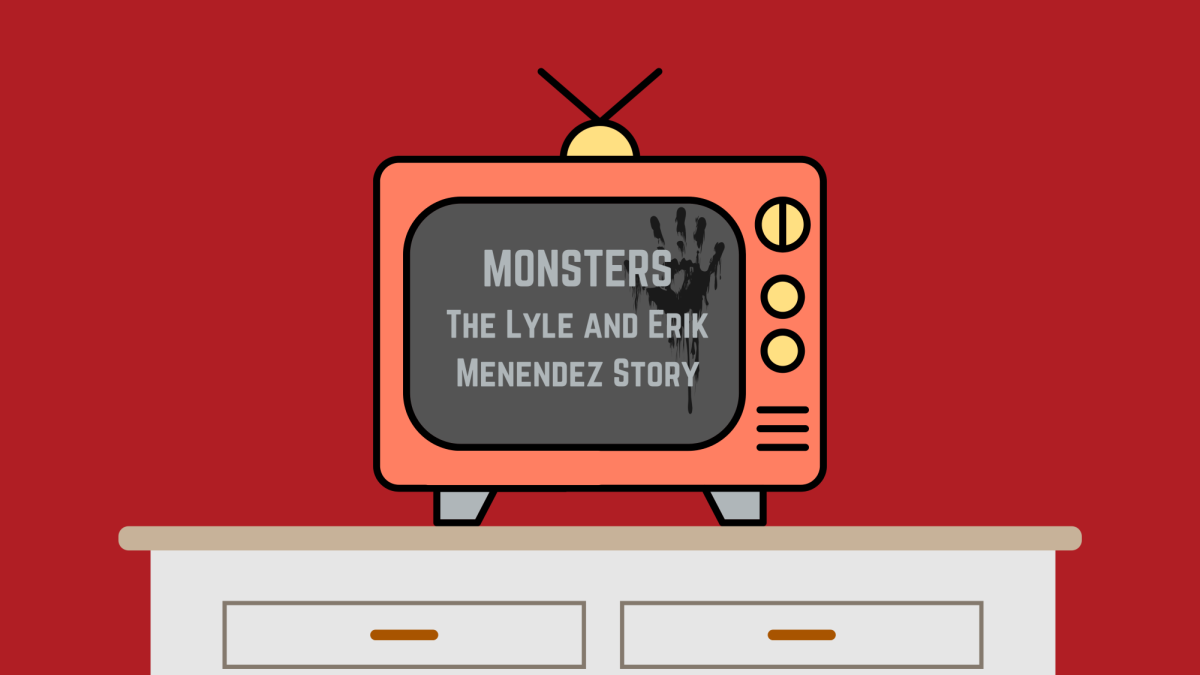‘Side Effects’ is intriguing, but doesn’t hit the spot
February 12, 2013
Think of “Side Effects” as director Steven Soderbergh’s smudgy love letter to Alfred Hitchcock.
Starting with an opening pan and zoom that is extremely reminiscent of Hitchcock’s opening shot of the perennially scary “Psycho,” Soderbergh’s newest film is desperate to emulate some of Hitchcock’s elusive cinematic magic.
The film follows Emily (Rooney Mara, “The Girl with the Dragon Tattoo”), a depressed woman whose husband Martin (Channing Tatum, “21 Jump Street”) was just released from prison after being incarcerated for insider trading.
The yuppie couple has trouble reconnecting. Emily is distant, even weird. She’s so removed, in fact, that she rams her car into the wall of a parking garage (ironically emblazoned with the word “exit”) in a suicide attempt.
She begins seeing psychiatrist Jonathan Banks (Jude Law, “The Talented Mr. Ripley”), who prescribes her a number of different anti-depressants, hoping to “fix” Emily.
He also contacts Emily’s previous psychiatrist, Victoria (Catherine Zeta-Jones, “Chicago”), who recommends that Emily be put on a new miracle drug called Ablixa.
From there, the pieces are all in motion, and Soderbergh’s film plays out as a twisty and weird game of chess.
And just like chess, there are times when it’s unclear why people are doing what they are doing. Why does Dr. Banks keep contacting Victoria? Why does Emily keep trying to contact Victoria? Why doesn’t everything add up?
The titular “Side Effects” come into play: Emily’s medication causes her to do something horrible — “Psycho” horrible.
“Side Effects” has all the elements of a Hitchcock thriller: mysterious circumstances, shadowy opponents, and most of all, shock factor. Certain parts of the movie are truly good.
But there’s something off in the execution, or perhaps the screenplay. The inevitable twist ends up being more far-fetched than genuinely shocking.
Composer Thomas Newman’s plucking, panicky score (one of the best parts of the movie) tells us that something terrible is lurking just around the corner, but the movie is never able to live up to that promise.
The combined strengths of the film’s leads help keep things interesting even when the plot isn’t.
Rooney Mara is nervy and fidgety as Emily, with something potentially ugly boiling underneath. Mara is good at playing crazy (see her Oscar-nominated performance in “The Girl with the Dragon Tattoo”), and here she excels at pulling a new set of histrionics instead of just reusing old tricks.
Law is the opposite of Mara as Dr. Banks, keeping his cool until he literally can’t anymore. Like Emily, there may be something darker to him. Law is a thinker of an actor, and it works in his favor in “Side Effects.”
Tatum and Zeta-Jones are mostly wasted here: Tatum isn’t in the film enough to make much of an impression, but he’s fine when he’s on screen.
Zeta-Jones’s role, on the other hand, is more than a touch ridiculous. With her thick-framed glasses and over-the-top mannerisms, her character ends up being nothing more than a tired archetype. She deserves better than this.
While it may not be able to live up to the promise of its exciting premise, “Side Effects” is a serviceable enough thriller with some intriguing ideas lying underneath it.
The film was once called “The Bitter Pill.” I think I like that title better.














